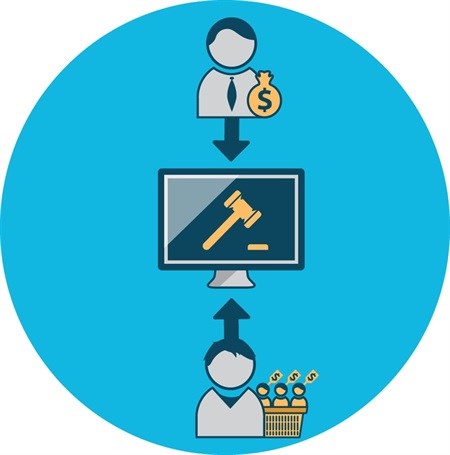1. Video is not just another channel
Use video as a format, not as a channel. Video advertising can be seen displayed in a standard display format, as a microsite or as an interstitial. Do not limit yourself and only use video ads as pre-roll or mid-roll. Video advertising can play an important role in every phase of the conversion funnel.
For a travel client we used video in the following phases:
- Touch phase - reaching new customers, buy your inventory based on unique reach, and inspiring them with video & images of amazing travel destinations
- Tell phase - Contextual targeting adding third party data, infomercials, informing the potential clients about the unique services of the travel client and the offers to amazing destinations
- Sell phase - Action! Click here and book now, based on the previous steps showing a custom made offer too good to refuse
2. Optimise vigorously based on the unique possibilities per channel
Video advertising has even more optimisation and targeting capabilities than regular display. Think about settings as skippable/non-skippable, trueview, completed view and much more. Adapt these settings to fit the medium you are broadcasting on and audience you are trying to reach. On some websites it makes sense to make the video non-skippable. Optimising based on screen size and position on a site can also have a positive impact on your engagement rate. And what about auto sound on/off settings? These are all choices you must think about per channel before going live with your campaign. Using contextual targeting when buying video ad impressions will result in higher engagement rates because your video ad is consistent with the content they are reading. By applying this technique, consumers are reached at precisely that moment that they are consuming relevant content.
Since September, Facebook has been testing an easier way to watch videos shared by friends. Without having to click or tap play, videos come to life in News Feed and start playing without sound. Through the course of this test, there has been a 10% increase in people watching, liking, sharing and commenting on videos.
3. Significant part of your budget
Digital video consumption is showing a huge increase. But when you have a look at the breakdown of your budget, does it shows? If and when the use of video ads fits your objectives and strategy be sure to tap into this form of advertising. Eyeballs on digital video? Follow these eyeballs with your advertising budget.
4. Programmatic buying
High-impact video ads can be bought programmatically via several specialised SSPs such as StickyAds but also video ads inventory is becoming more available via other mainstream SSPs. We have access to the inventory of popular websites and niche sites with large amounts of monthly video impressions. The established names like YouTube and RTL provide valuable positions that often score well. You can also look at the possibilities for the less obvious video inventory sources. Depending on your objectives, videos about beauty blogs, mobile apps or football sitesl achieve good results. Do not dwell on YouTube. And if you choose to run on YouTube, make sure you choose a YouTube channel that connects to your audience. Our experience with several video content suppliers ensures that your ads meet publisher specs and shows properly within a programmatic environment. We help you leverage the same sophisticated buying tools you use for banner ads to identify audiences across a wide range of sources.

5. Use the correct attribution model
How do you measure the effectiveness of a video ad? The most common performance indicators are CTR and VTR. Depending on what phase you use video, you should look at specific metrics. In the Touch Phase go for unique reach. In the Tell phase you really want to connect with your audience. So the VTR* (view through rate) metric is important when attributing the video ads in this phase. Correct attribution models at the right moment within the TTS model will give you insight for the first, the last & contributed conversions.
*Note that when watching VTR as a metric, a view through rate on a non-skippable 15 second ad has much less value than the VTR with a minute long skippable ad.
6. Mobile Video
The rise of mobile video is also an opportunity for video marketing. Make sure your video ads are optimised for display on tablets and smartphones. Stick to a maximum of 15 to 30 seconds. And choose a reliable platform. If the video does not load in three seconds or less, your potential audience will disappear. Evaluate platforms extensively in advance and avoid the image of a brand is jeopardized by the slow loading and a low-quality video. Results of video on mobile should be judged on the interaction and conversion metrics.
Sources:
http://advanced-television.com/2015/05/12/analysts-online-video-advertising-revenue-doubles-in-3-years/
http://www.videoadnews.com/2015/05/14/european-video-cpms-are-going-up-as-bid-density-outstrips-supply/
